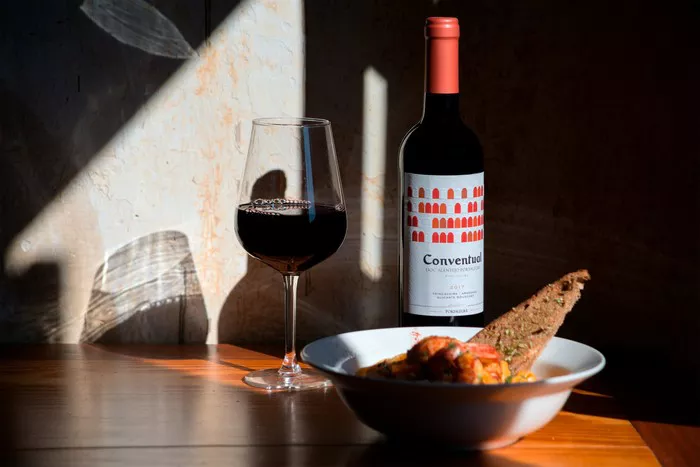Merlot, with its smooth texture and fruity flavor profile, has earned its place as a beloved red wine varietal among enthusiasts and chefs alike. But when it comes to cooking, the question often arises: Is Merlot a dry wine suitable for culinary endeavors? Let’s delve into the characteristics of Merlot and its suitability for various cooking applications.
Understanding Merlot: A Brief Overview
Merlot, originating from the Bordeaux region of France, is renowned for its approachable nature and versatility. Its name is derived from the French word “merle,” meaning blackbird, which is a testament to the grape’s deep blue color. Merlot grapes typically produce wines with a medium to full body, moderate tannins, and a range of flavors including plum, cherry, chocolate, and herbs.
Is Merlot a Dry Wine?
In the realm of wine, “dryness” refers to the level of residual sugar left in the wine after fermentation. Dry wines have minimal residual sugar, resulting in a less sweet taste. Merlot, like many red wines, is generally considered dry. However, the perception of sweetness in wine can vary depending on factors such as fruit ripeness, winemaking techniques, and aging processes.
Cooking with Merlot: The Versatility Factor
Merlot’s versatility extends beyond the wine glass and into the kitchen. Its moderate tannins and balanced acidity make it an excellent candidate for cooking, whether you’re braising meats, deglazing pans, or creating rich sauces. The fruity notes of Merlot can add depth and complexity to dishes, enhancing flavors without overpowering them.
Braising with Merlot: Enhancing Flavors
Braising, a cooking method that involves browning meat and then slowly cooking it in liquid, is perfectly suited for Merlot. The wine’s subtle fruitiness and acidity complement savory ingredients like beef, lamb, or poultry. As the meat simmers in the Merlot-infused broth, it absorbs the wine’s flavors, resulting in tender, succulent dishes with a hint of richness.
Deglazing with Merlot: Building Layers of Flavor
Deglazing, the process of adding liquid to a hot pan to loosen browned bits of food, is a fundamental technique in French cuisine and beyond. Merlot’s complex flavor profile makes it an ideal choice for deglazing, as it adds depth and character to sauces and gravies. Whether you’re preparing a pan-seared steak or sautéed mushrooms, a splash of Merlot can elevate the dish to new heights.
See Also: what to mix with pink moscato
Saucing with Merlot: Creating Depth and Complexity
From classic bordelaise sauce to red wine reduction, Merlot-based sauces are a staple in many culinary traditions. The wine’s natural acidity helps balance rich ingredients like butter and cream, while its fruity notes enhance the overall flavor profile of the sauce. Whether you’re drizzling it over grilled vegetables or serving it alongside a hearty roast, Merlot sauce adds a touch of sophistication to any dish.
Pairing Merlot with Food: Finding the Perfect Match
When cooking with Merlot, it’s essential to consider how the wine will interact with the other ingredients in the dish. While Merlot’s fruity character complements a wide range of flavors, certain pairings can enhance the overall dining experience. For example, the soft tannins of Merlot pair beautifully with roasted meats, while its acidity cuts through the richness of creamy sauces.
Conclusion: Merlot – A Dry Wine Fit for the Kitchen
In conclusion, Merlot’s status as a dry wine makes it an excellent choice for cooking. Its balanced acidity, moderate tannins, and fruity flavor profile lend themselves well to a variety of culinary applications, from braising and deglazing to saucing and pairing with food. Whether you’re a professional chef or an amateur cook, incorporating Merlot into your recipes can elevate your dishes and delight your guests’ palates. So the next time you’re in the kitchen, reach for a bottle of Merlot and discover the endless possibilities it holds for enhancing your culinary creations.


